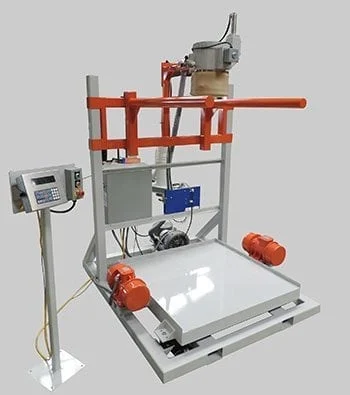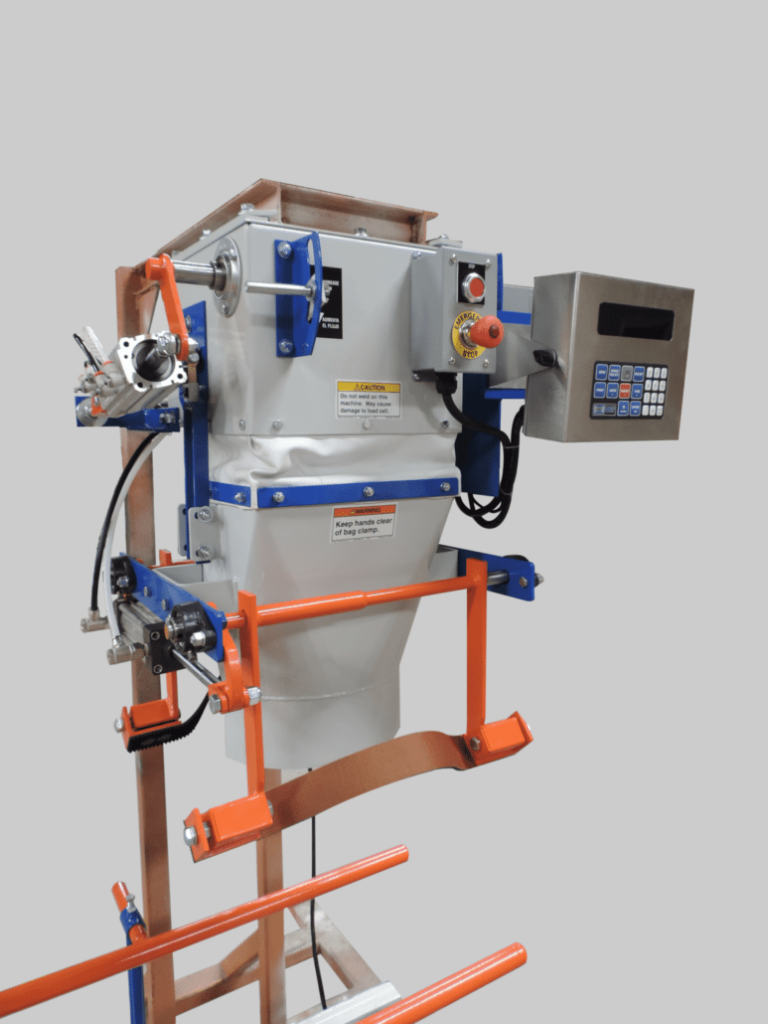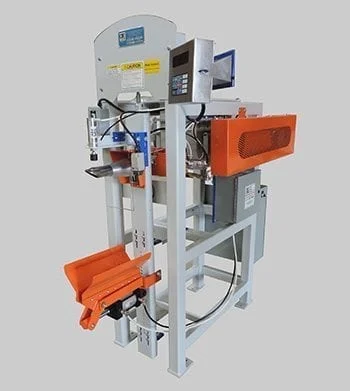Often, customers call us looking for a bagging machine as though they were a common appliance. This is understandable since people don’t know what they don’t know and because they are experts at their own specialty and not experts on bagging machines. However, bagging machines are not one size fits all.
Common Bagging Applications for Common Materials
Bagging machines and bagging systems are highly specialized equipment used to fill powders, flakes, and granules into bags weighing from ounces to tons. Consider the variety of common bagged materials that you’ve seen before like sugar, flour, pet food, soil, compost, rock salt, and concrete and you will begin to get a sense for the diversity of products that go into bags and these are just a few examples.
Bagging of Uncommon Materials
However, most materials we encounter are very uncommon. Things like Sodium Metabisulfite, Chromium Oxide, Zinc Oxide, Attagulite Clay, Barite, Fume Silica, and Vermiculate to name a few. We have seen literally thousands of different materials over our nearly 40 years in the business and each one has its own unique properties and characteristics.
Some flow well. Some don’t flow at all. Some are dusty. Some are relatively dust-free. Some are hazardous either in terms of risk of inhalation or ingestion or because they are flammable or explosive.
Achieving Accurate Weight Measurement
Most of our bagging equipment includes integrated weighing scales and because of their diverse flow characteristics and handling properties, they all feed differently which can make obtaining accurate bag weights a challenge.
The Right Machine Depends on the Right Bag
There are also a wide variety of bags and bag styles to choose from open mouth bags to valve bags to bulk bags. Each one of these bag types can be constructed of different materials such as paper, plastic, poly weaved, foil, or a combination of these. Bags can be perforated and/or non-perforated depending on the customer requirements.
All of these factors: product, bag, and application all come together to create a relatively unique set of conditions that can influence the result of a given bagging machine in a given application. What is the correct bagging machine for a product in one application, might not be the correct bagging machine for the same product in a different application if the machine is installed differently, the bag is constructed differently, or if the material is somehow processed differently.
Find your Bagging Machine Zen Master
Small differences matter to results. This is why working with someone who understands material flow and material handling is so important. If material handling was all science, you could look up what to do in a book and there would be no need for an expert to guide you through the process. But marrying product, bag, and plant conditions is a blend of art and science.
Art does not touch and feeling, it is experience and accumulated knowledge gained over years of testing theory and proving how theory applies to reality. As it goes with anything in life, sometimes the right solution is not the one that makes the most sense on the surface. Properly marrying a bagging machine to product, bag and application require a combination of knowledge, skill, and experience.
If at all possible, the next time a bagging application comes up in your operation, I recommend that you seek out the help of someone that demonstrates a mastery of these three competencies. It will probably end up to be the difference between mediocre results or absolute failure and success.
Don’t hesitate to contact CBE for advice on bagging equipment, service, or parts.





Recent Comments